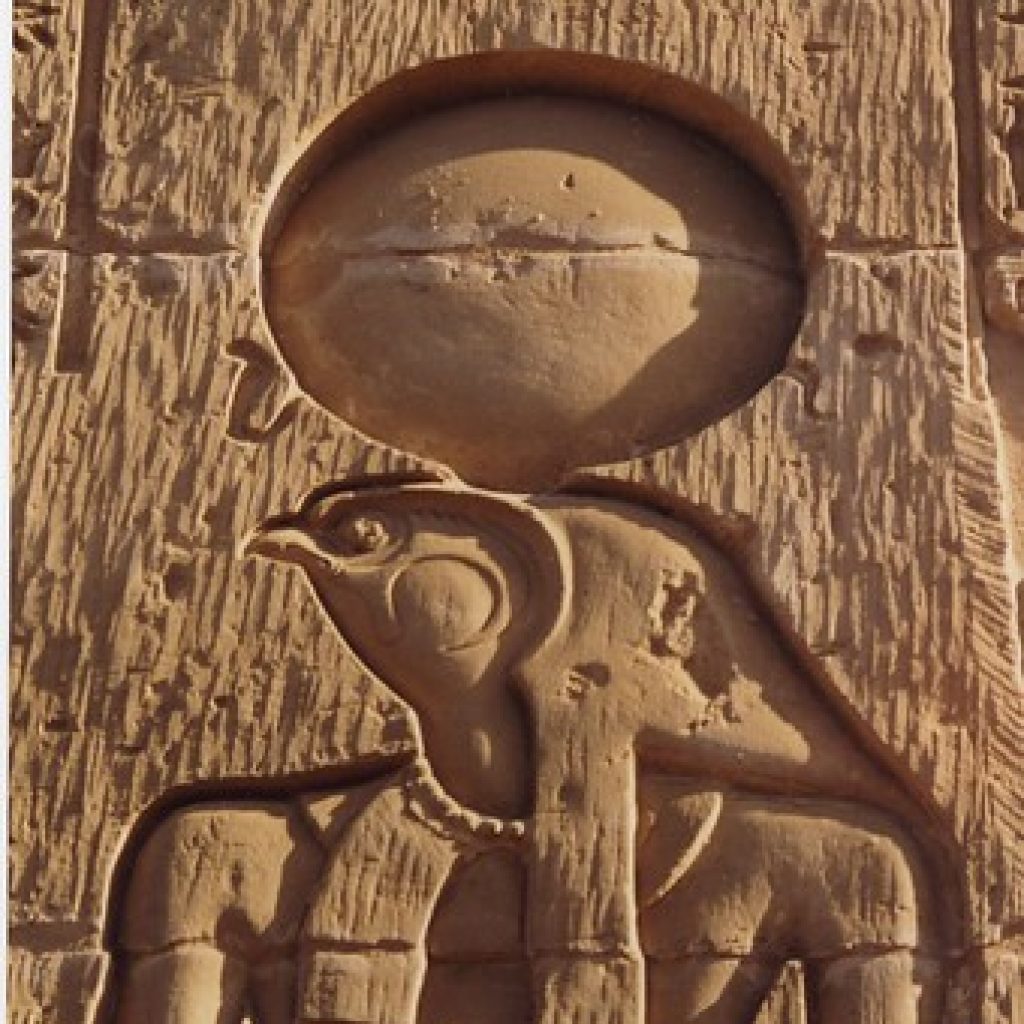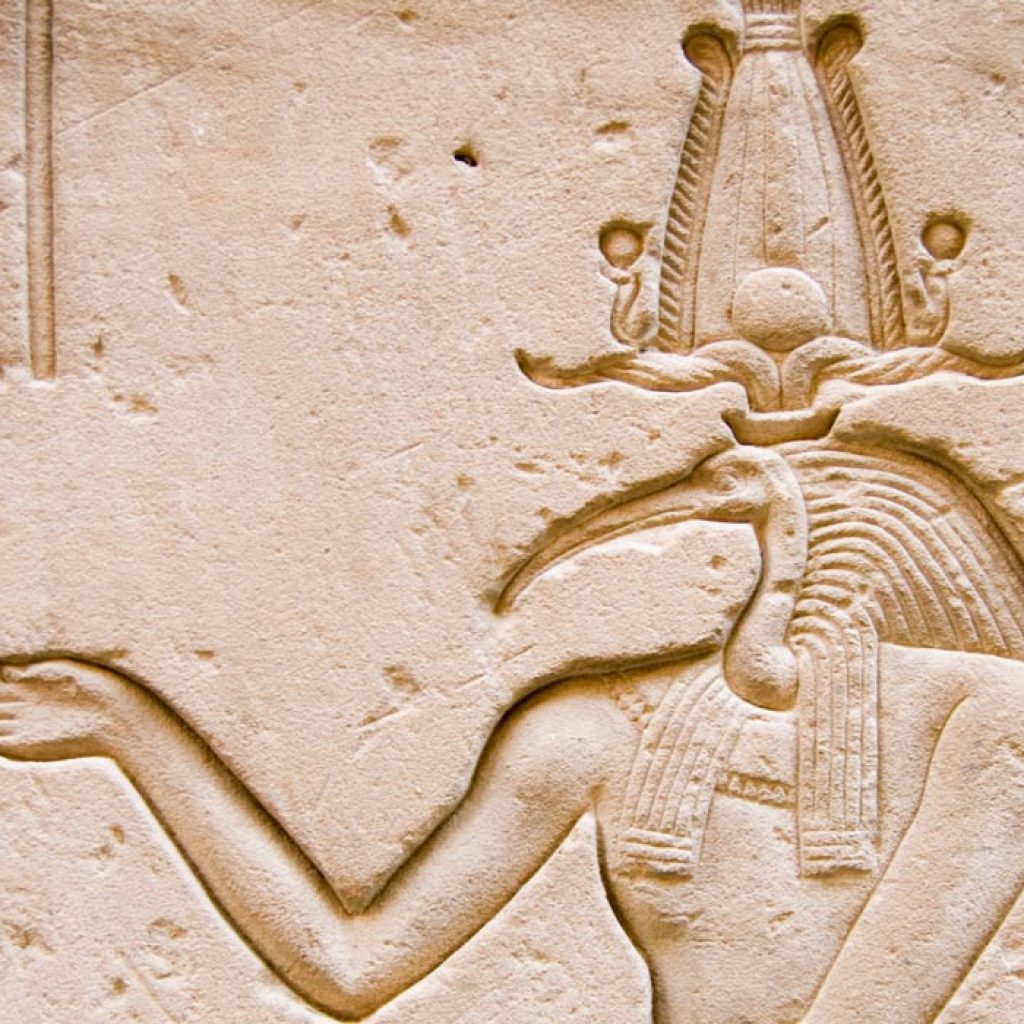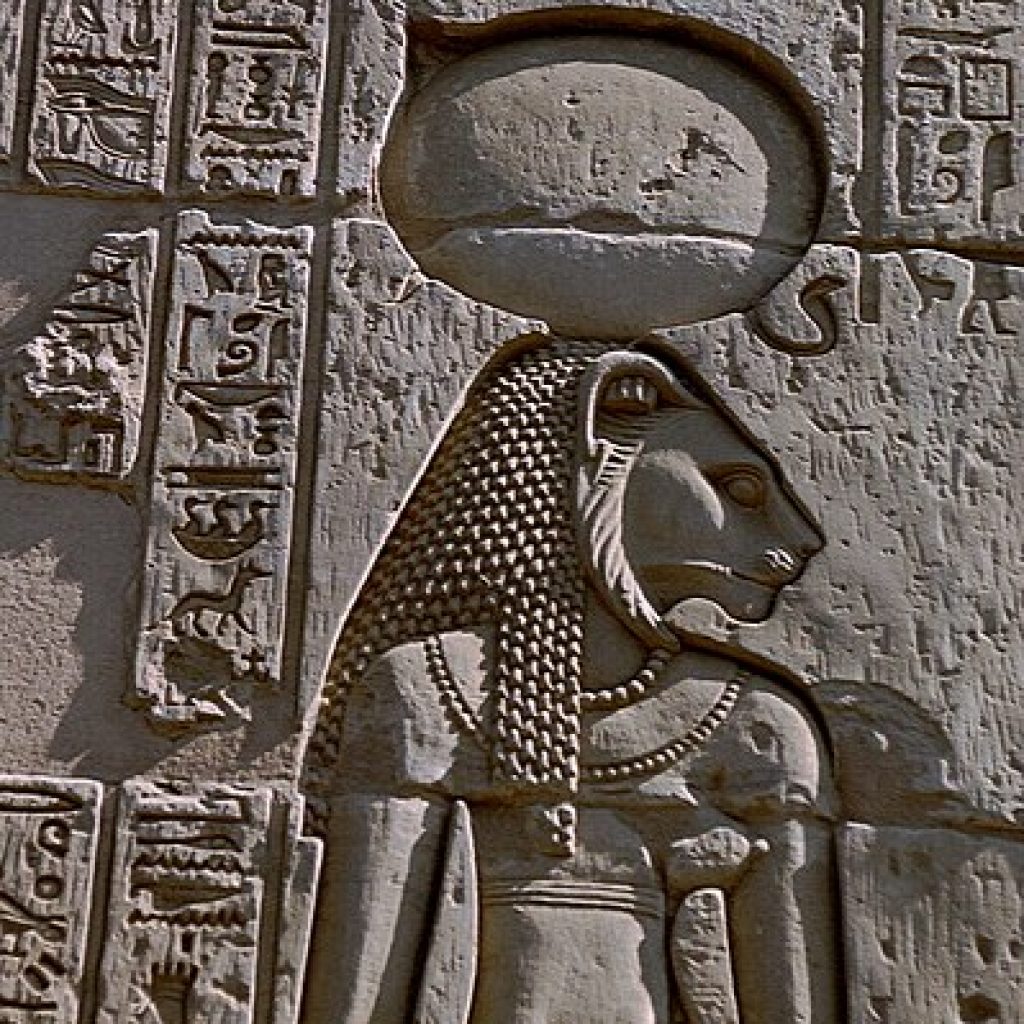“Ancient Egyptian Gods Unveiled”

Table of Contents
- Introduction
- The Origin of Egyptian Deities
- Ra: The Sun God
- Osiris: The God of the Afterlife
- Isis: The Goddess of Magic and Motherhood
- Horus: The Sky God
- Anubis: The God of Mummification
- Thoth: The God of Wisdom
- Bastet: The Goddess of Home and Fertility
- Set: The God of Chaos
- The Role of Mythology in Ancient Egyptian Society
- Conclusion
- FAQs
Introduction
Ancient Egyptian Gods, one of the oldest in the world, is renowned for its rich mythology and pantheon of gods. These deities played a crucial role in the daily lives of Ancient Egyptian Gods, influencing their culture, politics, and religious practices. This article delves into the enigmatic world of ancient Egyptian gods, exploring their origins, attributes, and significance ancient Egyptian Gods.

1. The Origin of Egyptian Deities
The origins of ancient Egyptian gods are deeply rooted in the civilization’s understanding of the universe. The Egyptians believed that their gods were born from the primordial chaos that existed before creation. Each deity had specific roles and powers, often associated with natural phenomena and human activities. These gods were worshipped in grand temples and depicted in art and hieroglyphs, reflecting their importance in Ancient Egyptian Gods.
2. Ra: The Sun God
Ra, the sun god, was one of the most significant deities in ancient Egypt. He was believed to travel across the sky in his solar barque during the day and journey through the underworld at night. Ra was often depicted with a falcon head and a sun disk, symbolizing his control over the sun and creation. His daily cycle represented the eternal struggle between order and chaos.

3. Osiris: The God of the Afterlife
In Ancient Egyptian Gods,Osiris, the god of the afterlife, was central to Egyptian beliefs about death and resurrection. He was often depicted as a mummified king with a crook and flail, symbolizing his authority. According to mythology, Osiris was murdered by his brother Set, dismembered, and later resurrected by his wife, Isis. This story highlighted themes of rebirth and eternal life, essential to Egyptian funeral practices.
4. Isis: The Goddess of Magic and Motherhood
Isis, one of the most revered goddesses, embodied magic, motherhood, and fertility. She was often portrayed with a throne-shaped crown or as a mother nursing her child, Horus. Isis was known for her magical prowess and her role in resurrecting Osiris, which made her a symbol of protection and healing. Her worship spread beyond Egypt, influencing other cultures and religions.

5. Horus: The Sky God
Horus, the sky god, was associated with kingship and the protection of the pharaoh. He was typically depicted as a falcon or a man with a falcon head.In Ancient Egyptian Gods, Horus was the son of Isis and Osiris, and his battles with Set, the god of chaos, symbolized the struggle between order and disorder. The pharaohs were considered the earthly embodiment of Horus, linking the divine with the mortal realm.
6. Anubis: The God of Mummification
Anubis, the god of mummification and the afterlife, played a crucial role in Egyptian funerary practices. He was depicted with a jackal head, reflecting his association with cemeteries and embalming. Anubis was believed to guide the souls of the dead through the underworld and oversee their judgment. His presence ensured the deceased’s safe passage to the afterlife.

7. Thoth: The God of Wisdom
Thoth, the god of wisdom and writing, was often depicted as an ibis or a man with an ibis head. He was the scribe of the gods and the inventor of hieroglyphs, playing a vital role in maintaining cosmic order. Thoth was also associated with the moon, time, and magic. His knowledge and intellectual prowess were revered, making him a key figure in Egyptian mythology and religion.
8. Bastet: The Goddess of Home and Fertility
Bastet, the goddess of home, fertility, and domesticity, was often depicted as a lioness or a woman with a lioness head. She was initially a fierce warrior goddess but later became associated with protection and motherhood. Bastet was worshipped in households and revered for her nurturing and protective qualities, embodying the balance between ferocity and gentleness.

9. Set: The God of Chaos
Ancient Egyptian Gods, the god of chaos and disorder, was often depicted with a unique, unidentifiable animal head. He represented the forces of chaos and was both a villain and a necessary force in Egyptian mythology. Set’s conflict with Horus over the throne of Egypt symbolized the eternal struggle between order and chaos. Despite his negative aspects, Set was also seen as a protector of the sun god Ra during his nightly journey through the underworld.
10. The Role of Mythology in Ancient Egyptian Society
Mythology played a vital role in ancient Egyptian society, influencing every aspect of life. The stories of the gods were not just religious beliefs but also explanations of natural phenomena, moral lessons, and cultural values. Temples, rituals, and festivals were integral parts of daily life, reinforcing the connection between the divine and the mortal. The myths provided a framework for understanding the world and humanity’s place within it.

Conclusion
The ancient Egyptian gods were more than mere deities; they were integral to the civilization’s identity and world-view. Each god and goddess embodied specific aspects of life and the cosmos, reflecting the Egyptians’ understanding of the universe. Ancient Egyptian Gods, The rich tapestry of myths and legends surrounding these deities continues to fascinate and inspire, offering insights into one of the world’s most enduring civilizations Ancient Egyptian Gods,.
FAQs

1. Who was the most important god in ancient Egypt?
Ra, the sun god, was one of the most important deities, symbolizing creation and order.
2. What was the role of Osiris in Egyptian mythology?
Osiris was the god of the afterlife and resurrection, central to beliefs about death and rebirth.
3. How was Isis worshipped in ancient Egypt?
Isis was worshipped as a goddess of magic, motherhood, and fertility, often depicted nursing her child, Horus.
4. Why was Anubis associated with mummification?
Anubis was the god of mummification and embalming, guiding souls through the underworld.
5. What did Thoth represent in Egyptian mythology?
Thoth was the god of wisdom, writing, and the moon, known for maintaining cosmic order.
6. How did Set fit into Egyptian mythology?
Set represented chaos and disorder, often in conflict with Horus, symbolizing the struggle between order and chaos.
7. What was the significance of Egyptian mythology in daily life?
Mythology influenced all aspects of life, providing explanations for natural phenomena, moral lessons, and cultural values.





Comment (0)